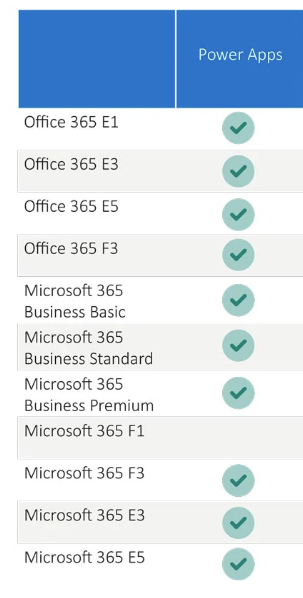We need to talk about......Microsoft Catalyst
- Graeme Donnell

- Mar 24, 2022
- 3 min read
Next in my blog series I am taking a quick break from the technical and application aspects of my blog and today I am talking about Microsoft Catalyst.
What is Microsoft Catalyst?
Microsoft Catalyst is an innovative approach to digital transformation programs which helps organisation not only manage business transformation but also addresses the human element of processes, work streams and the day to day actions that make an organisation function.
Regardless of the industry, structure, ownership or design of the organisation itself the Catalyst program is based on the Microsoft IDEA Framework which incorporates proven service offerings of,

Below is a breakdown of the four stages of Catalyst and what to expect at each stage:
Inspire – At this stage we are tasked with imagining or "envisioning" a future state solution for the business through Envisioning workshops. These workshops bring together key stakeholders from within the organisation to identify key processes, pain points, ideas to address them and prioritization of the most desirable ideas to take forward.

Design – Discover what is possible by aligning technology investments to business goals and align solutions to the problems identified during the envisioning workshops.

Empower – Enable others within the organisation to see the value by taking those solutions identified in Design and bring to them to life through application demo's and POC's.

Achieve – Achieve business outcomes and improved customer experiences by presenting a proposal internally to the organisation with supporting materials from the previous 3 stages, i.e. project scope, technologies considered, estimates and timelines.

What are the biggest benefits of Catalyst?
Visibility and transparency of key business processes holistically is the overriding benefit of the Microsoft Catalyst IDEA framework. It gives every stakeholder a 360° view of the steps needed for digital business transformation. This view covers the business viability, technical feasibility and the desirability of change.
The other great benefit is cohesion. While the framework itself has phases laid out, the Catalyst process encourages collaboration and it is a process that is both creative and strategic.
By sharing a view of the principle challenges a business faces and working together, the stakeholders are able to spot the most critical issues to tackle. By isolating the most straightforward tasks that deliver the highest value, meaning the team can get to work on a solution that all stakeholders can buy into.
And while data-focused areas of the organisation, such as Sales, Customer Service and Marketing, tend to benefit more from Catalyst than others, it can be scaled and tweaked to work for any business, meaning fundamentally Microsoft Catalyst works regardless of industry, culture or language.
What it takes to get Catalyst accredited
Microsoft provide Catalyst training under two different guises. There are Microsoft Partner lead courses which you can avail of which is scheduled, fixed training sessions. Alternatively, there is an on-demand training course provided my Microsoft directly which is a set of self-paced labs and resources which individuals can access at their leisure.
It’s an intensive course taught by leading experts and gives insight and experiences in each stage of the IDEA framework identified above.
Once you’ve completed the training sessions and self-paced learning, you take an exam and need at least 80% to pass. With questions covering every single element of Catalyst.
Is Catalyst right for my business challenge?
Fundamentally each business challenge needs to be addressed on its own metrics and Microsoft Catalyst is by no means a "one-size fits all" methodology. But the key takeaway from this blog post is that Microsoft Catalyst engagements do not necessarily need to be linear, i.e. start with envisioning and end with a proposal.
The process can in fact be broken in segments and you can drop into the process where you feel appropriate in the transformational journey. So, in theory if you have already engaged internally, worked out what issues affect the business and have an idea of a technology solution, you can join the Catalyst process at the Design stage and carry out a solution assessment to ensure the technology you've chosen can in fact address the problem.
Similarly if you think you've already chosen the product you want to deploy for a given problem, you can join the Catalyst process at the Empower stage and task a team with building a POC to present back or test with key stakeholders to get that organisational buy-in before moving ahead with any deployment.
In addition to deciding if Catalyst is appropriate for an organisation it possible to avail of funding packages from Microsoft to remove that cost element. This means a digital transformation roadmap is built to the specific needs of the business, with some element of the cost removed.
Hope you all enjoyed this post on the Microsoft Catalyst IDEA Framework. Take Care, Speak Soon!




Comments